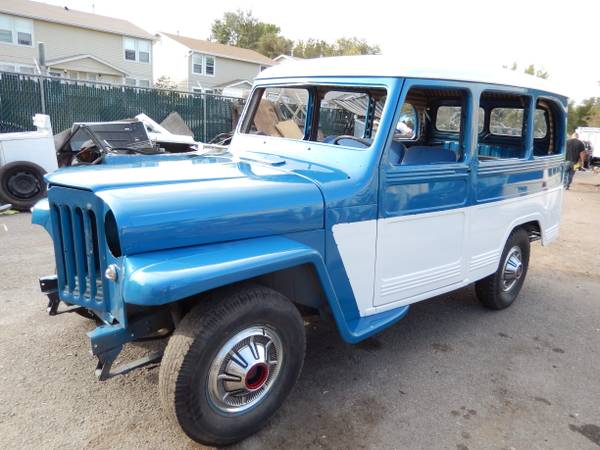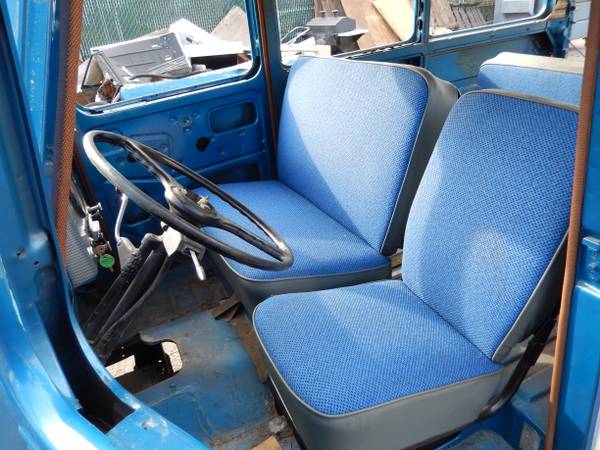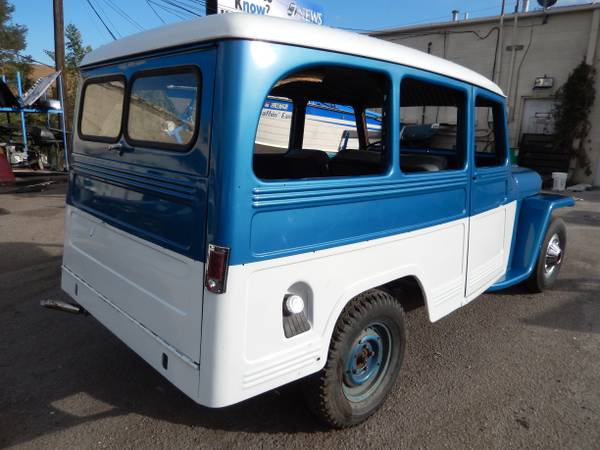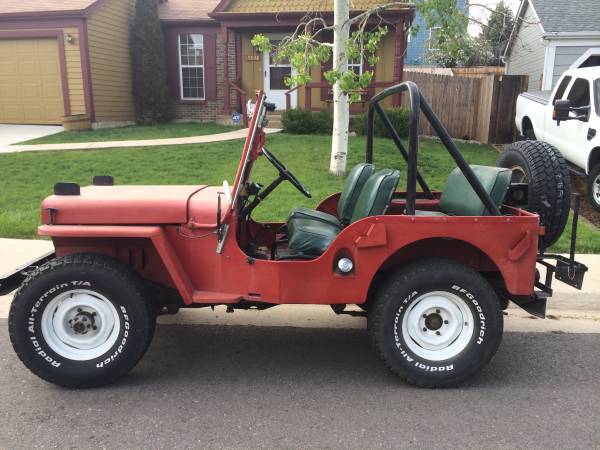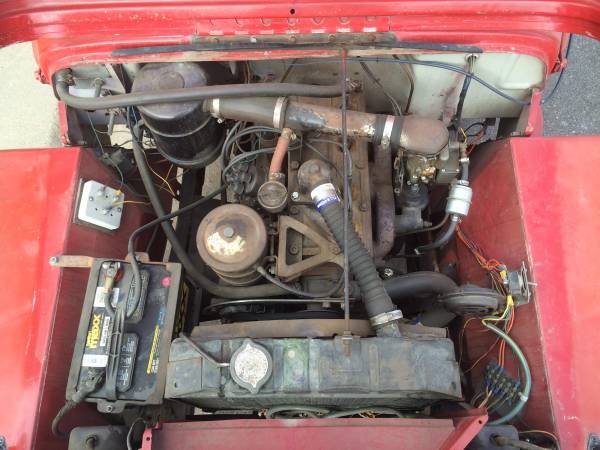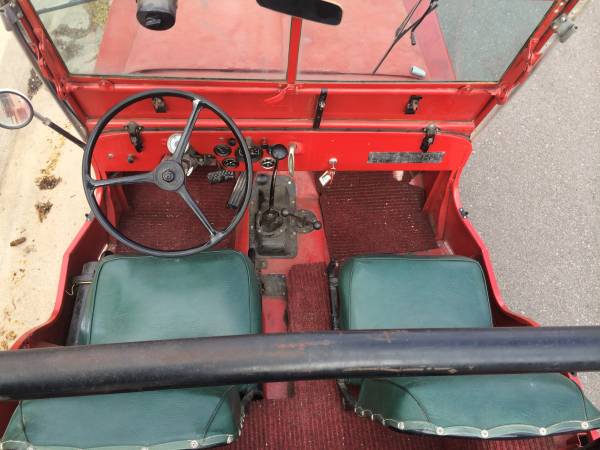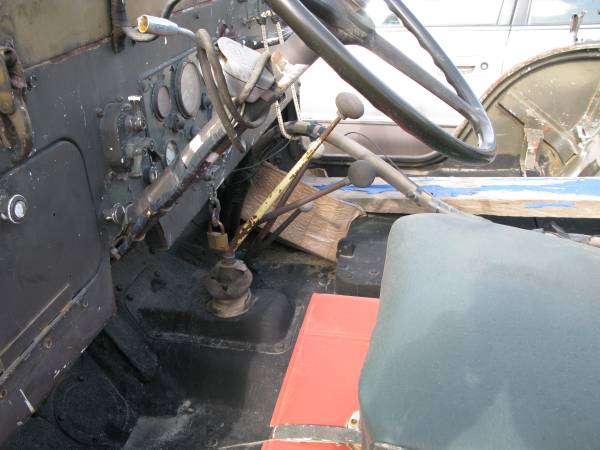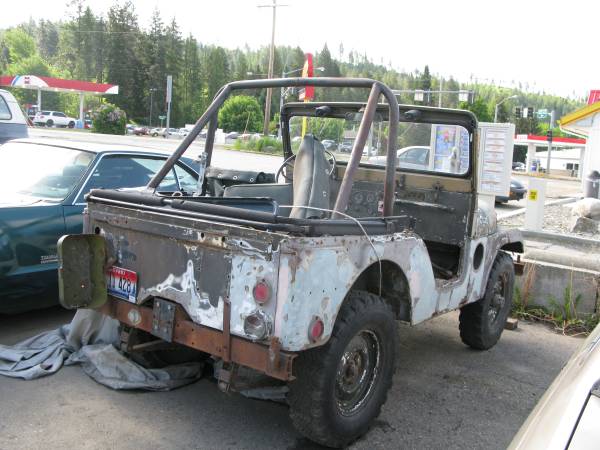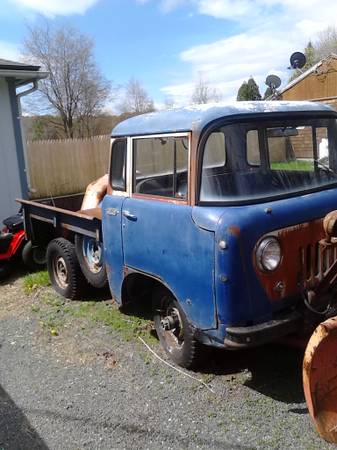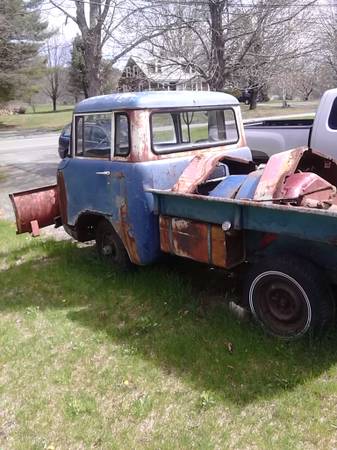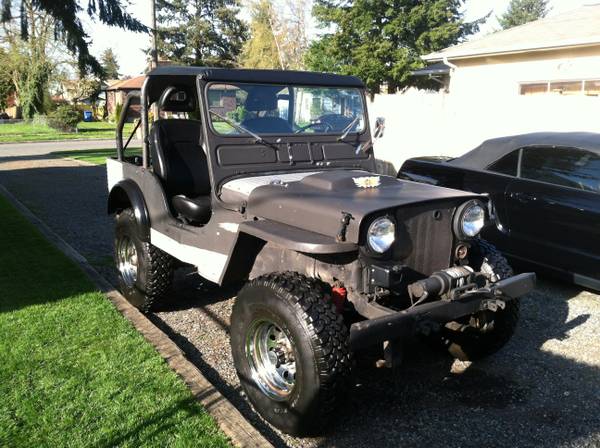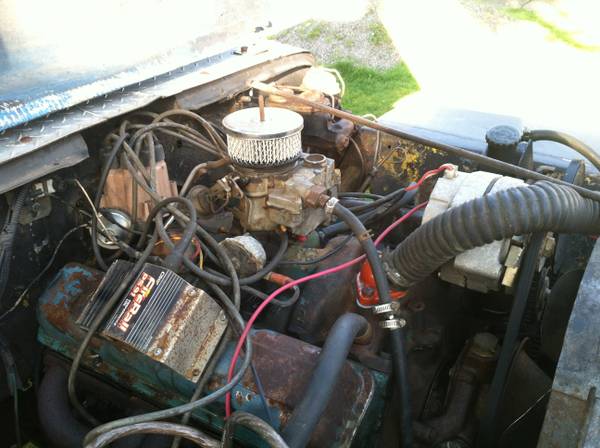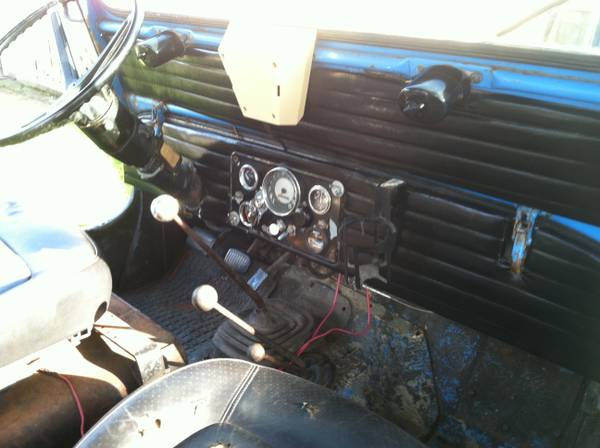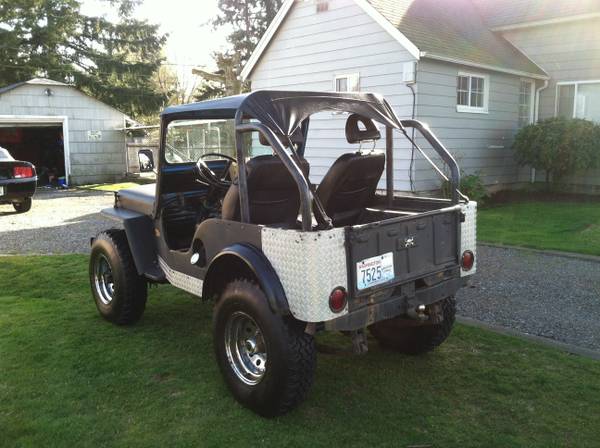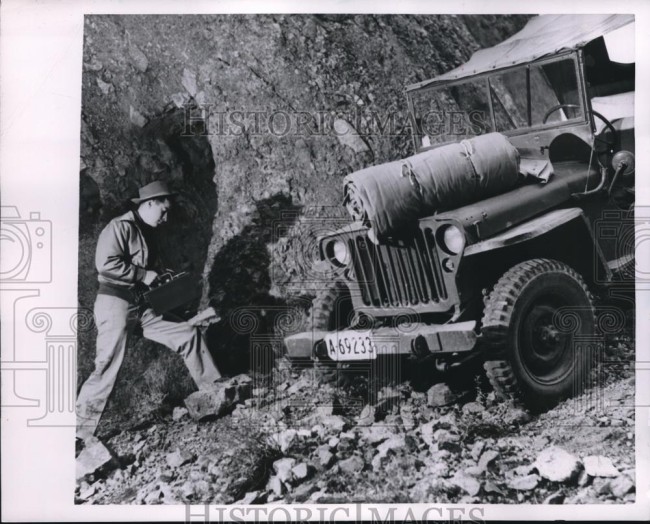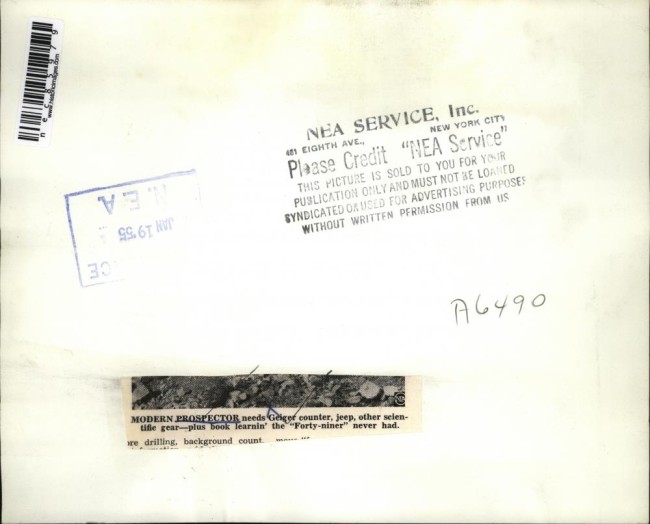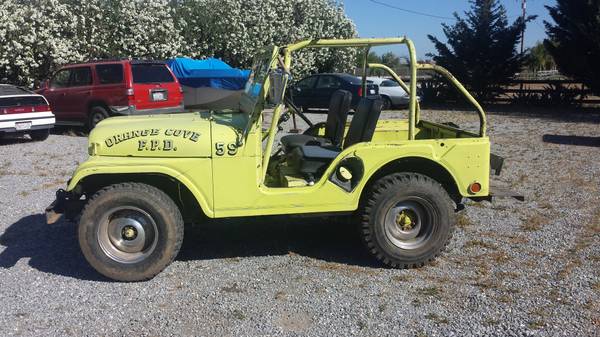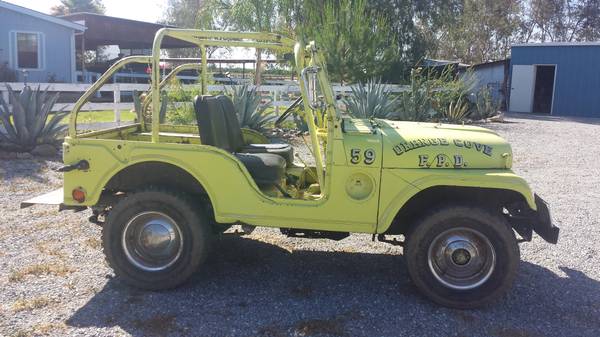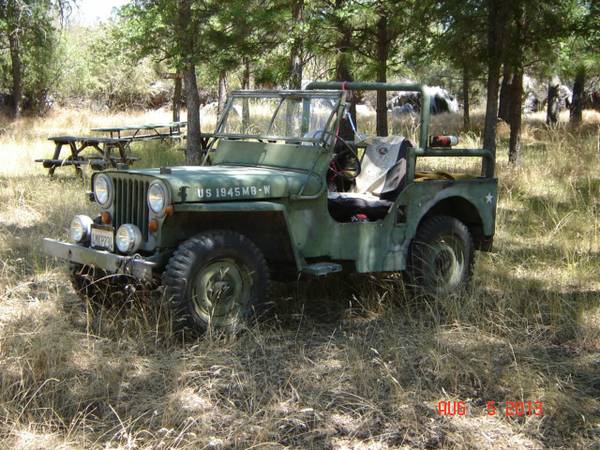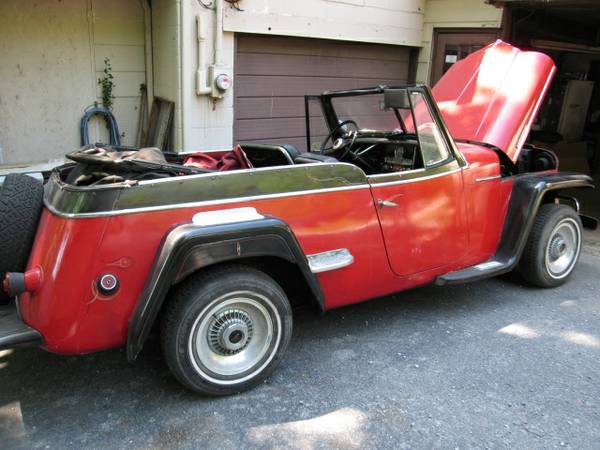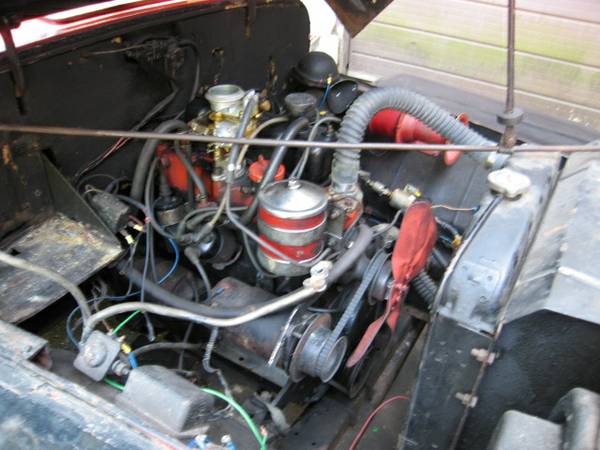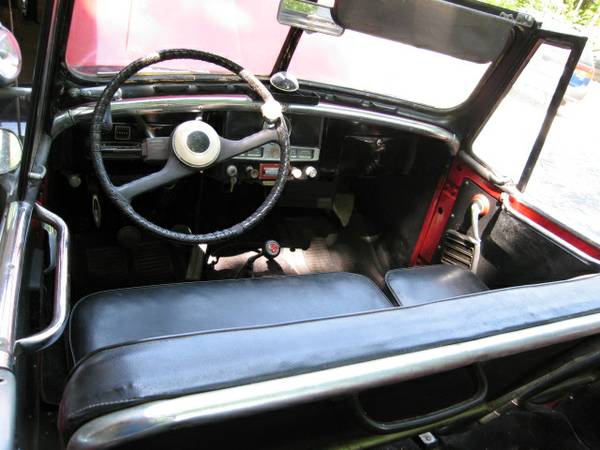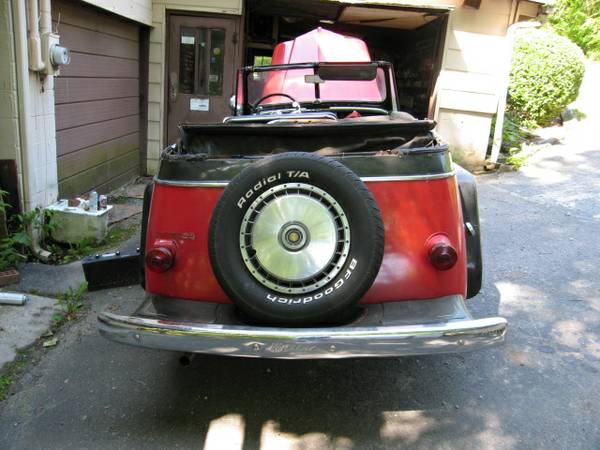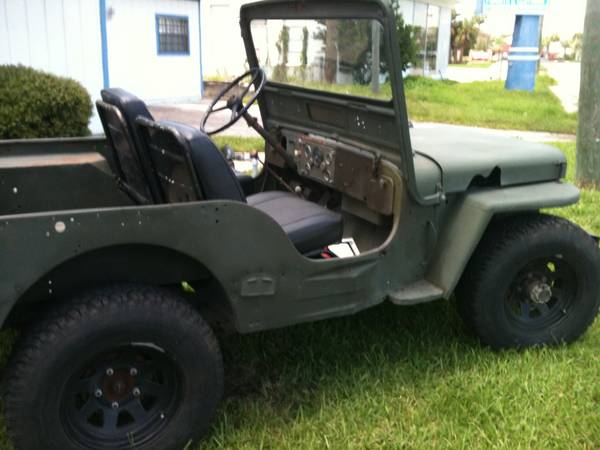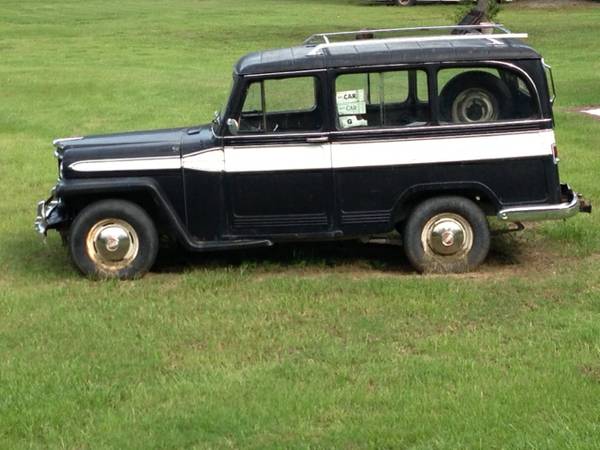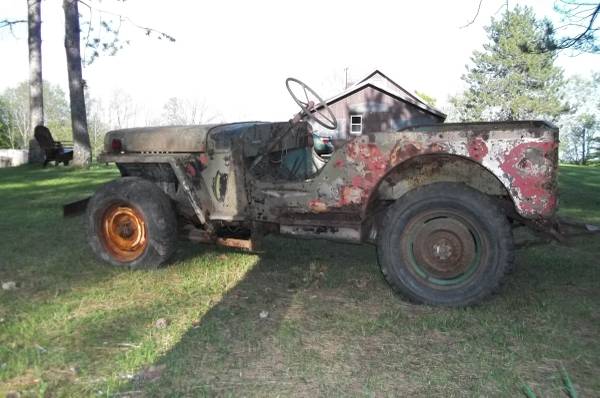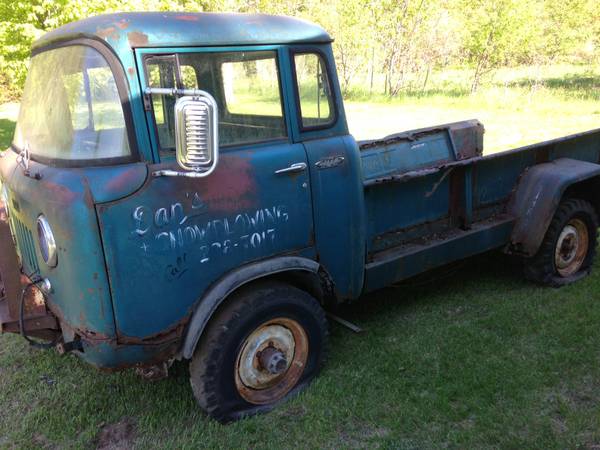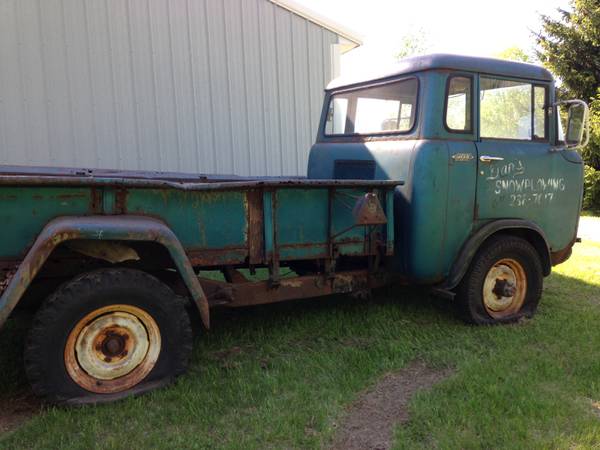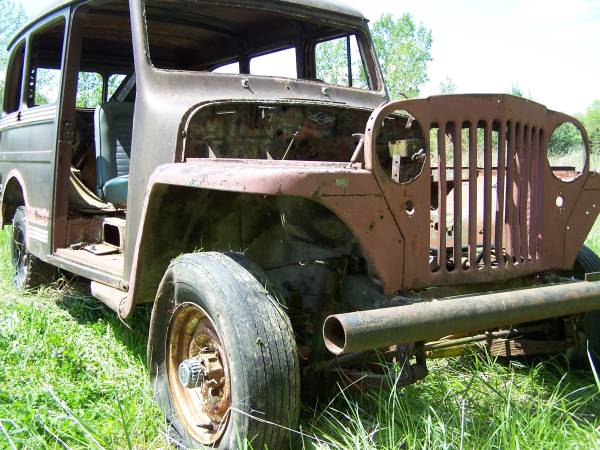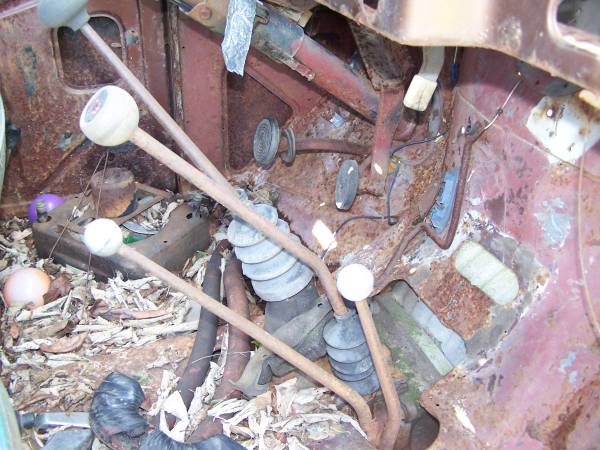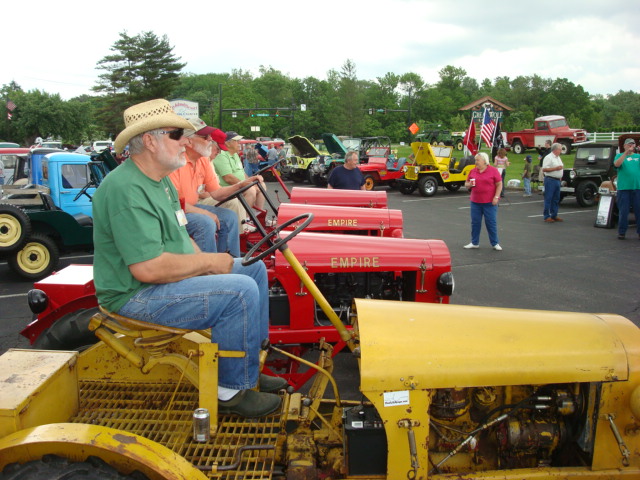
Willys-Overland powered Empire Tractors in the foreground and jeeps in the back.
The Empire Tractor was made in Philadelphia, Pennsylvania, by the Empire Tractor Corporation from 1946-1948. Leveraging the Willys drive train, Empire produced two different models: Model 88 and Model 90. You might have seen one of those tractors at a Willys show or for sale, but sightings are rare. The primary reason for their scarcity is that of the approximately 6,660 made around 5,370 were exported leaving about 1,290 available in the US and Canada.
The history behind the Empire Tractor company is complicated. It involves Willys Overland Motor’s largest shareholder, Empire Securities, and a successful international business man named Frank Cohen, who was investigated multiple times for suspicious financial dealings.
Here’s how and why only a few tractors were made . . .
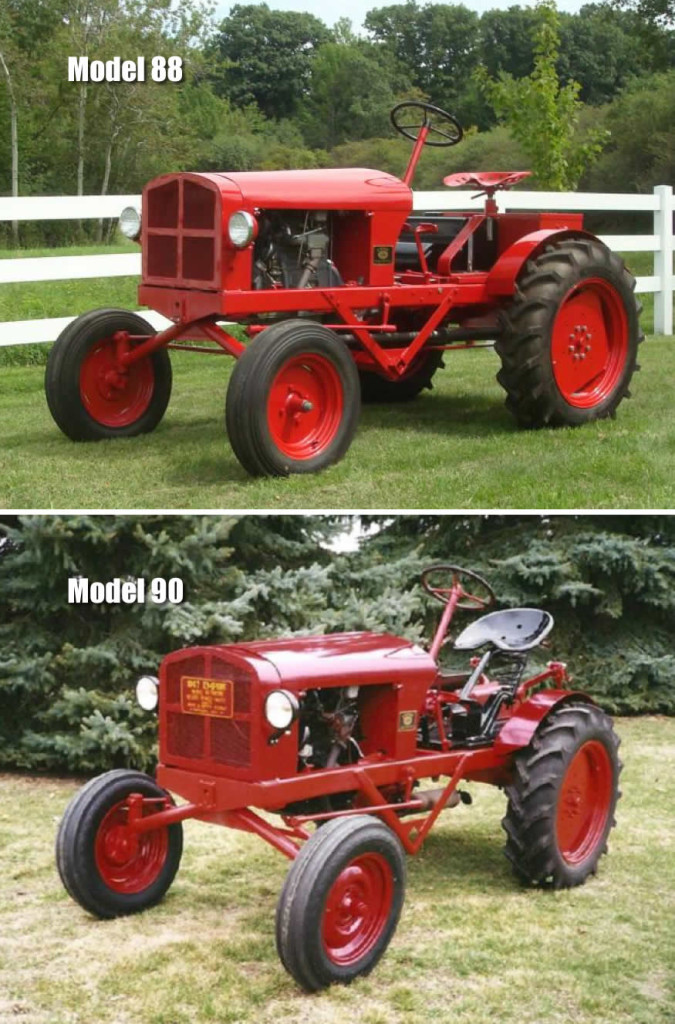
The two basic models of tractors produced by Empire Tractors. They look pretty close, but one of the most noticeable differences is the seat.
EMPIRE SECURITIES:
In 1932 George Ritter, Ward Canaday, and H.J. Leonard organized Empire Securities, Inc. They launched it as a holding company to process claims against the Willys-Overland Company, which had gone into receivership. In 1935 Empire Securities offered to buy up all the Willys-Overland Company bonds that were due two years earlier in 1933 so they could reorganize the Willys-Overland Company. In October of 1936, Empire Securities successfully rebirthed the Willys-Overland Company as Willys-Overland Motors, Inc., and became the largest shareholder. Several years later the Empire Securities founders used Willys Overland stock to partly fund a business deal with a man named Frank Cohen.
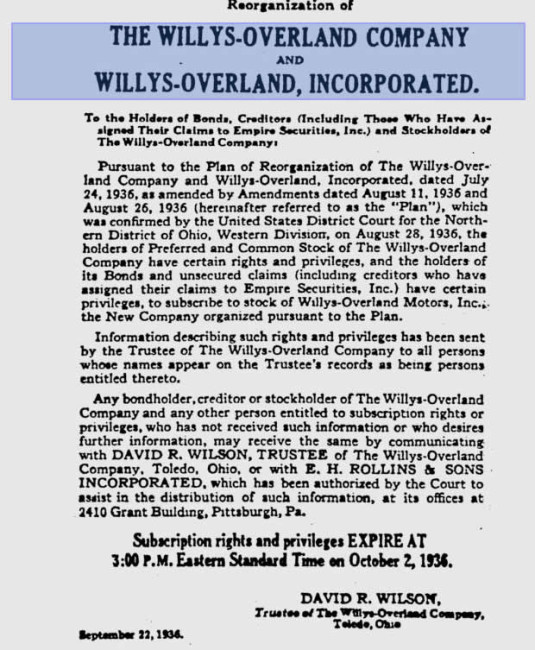
Side Note: Empire Securities continued to be the largest shareholder through 1946. Meanwhile, Ward Canady was president of Empire Securities and Chairman of the Board of Willys-Overland Motors through 1946.
Continue reading →

